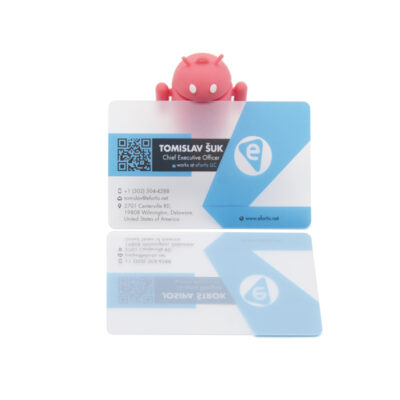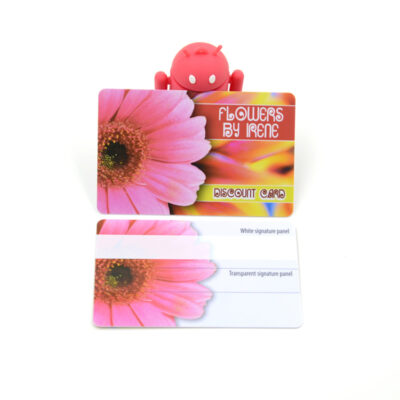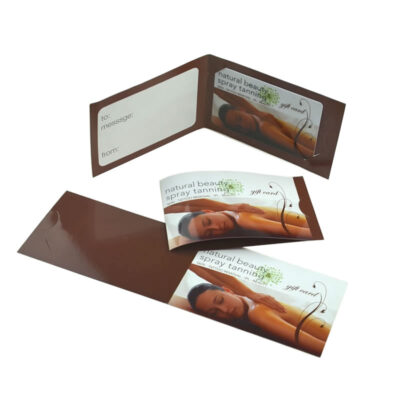Card personalisation materials are important for adding unique features and customised information to card products. Card personalisation typically requires a variety of materials and components, depending on the type of card being personalised (e.g. credit/debit card, ID card, gift card). The following are the most commonly used materials:
Thermal ribbon
Thermal ribbons typically consist of a film coated with a layer of wax, resin or a combination of both. Thermal ribbons are used to print text, images, barcodes and other information directly onto the surface of a card. The printed information is transferred from the ribbon to the card when heated, creating a permanent image. Thermal ribbons are available in different colours such as black, white, gold, silver, etc.
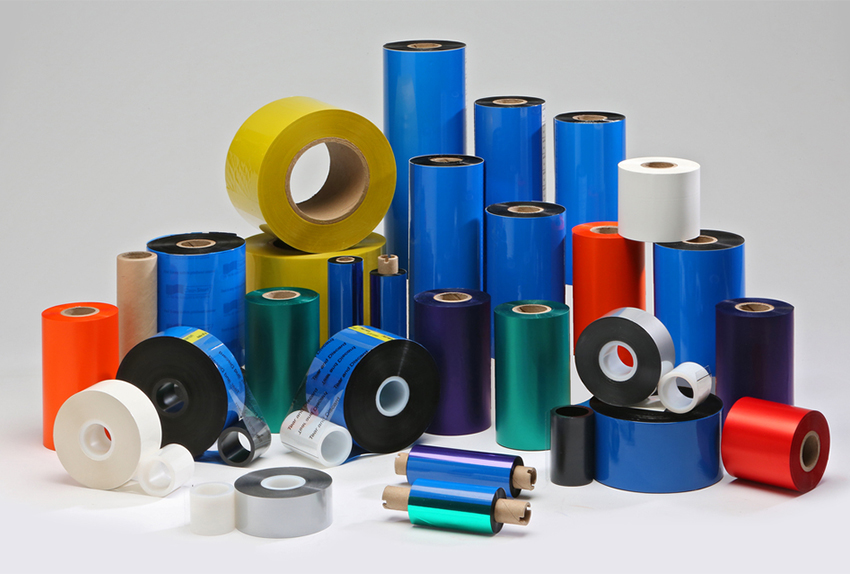
Foil roll
Foil rolls are typically made from a thin layer of metallic or colored foil that can be applied to the surface of a card. This type of foil is applied using a hot stamping process, where heat and pressure are used to transfer the foil onto the card surface. It can come in various colors, including metallic (gold, silver) and glossy finishes. Foil rolls are commonly used to add decorative elements to cards, such as logos, text, or patterns, enhancing the visual appeal.
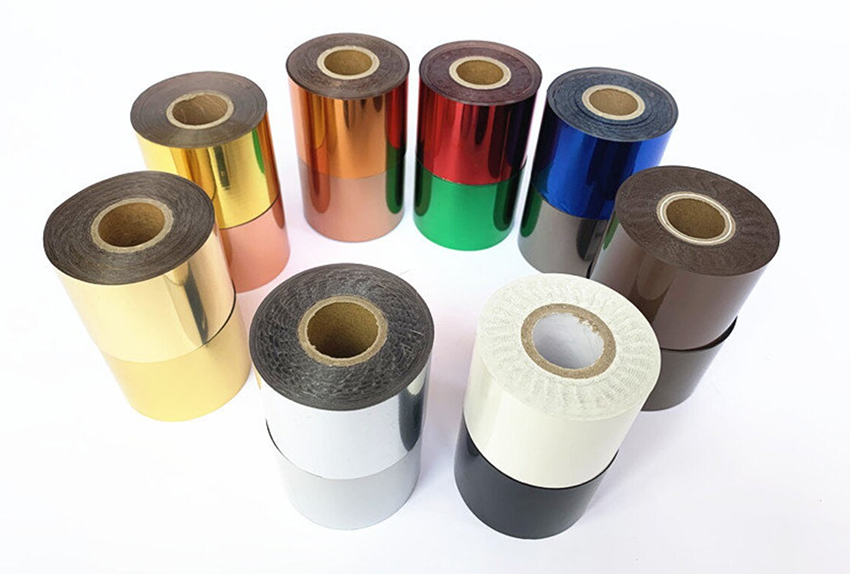
Magnetic Stripe
Magnetic stripes are an essential part of card personalisation, especially for payment cards, ID cards and access cards. Magnetic stripes typically consist of a thin strip of magnetic material, usually a polymer or plastic, coated with magnetic powder. This powder consists of iron oxide or other magnetic material that can be magnetised to store data. Magnetic stripes are usually black, but there are a variety of colour options for magnetic stripes used in card personalisation, including gold, silver, red, blue, green and brown.
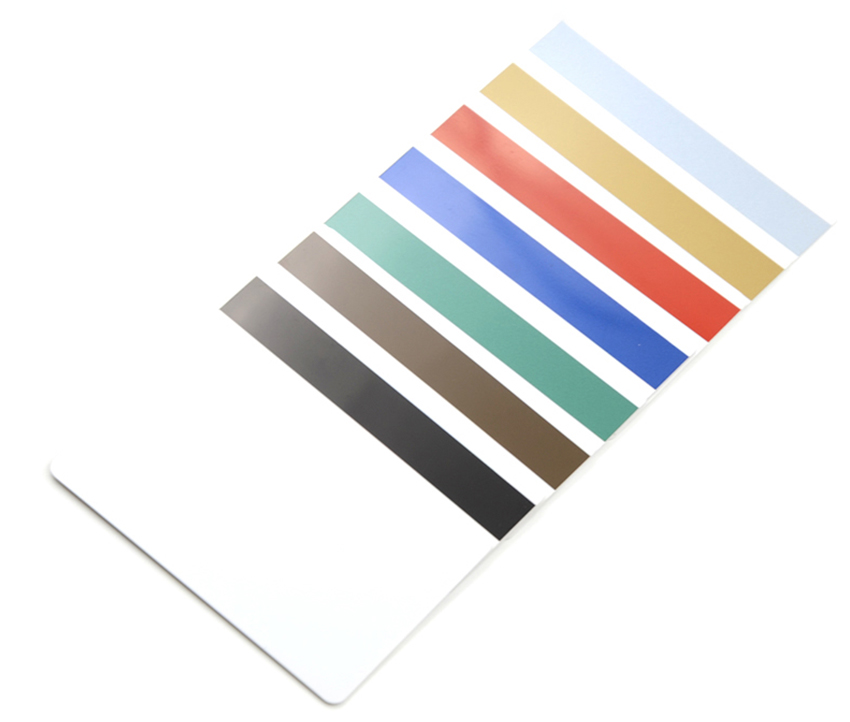
Scratch-Off Panel
Scratch-off panels are a common feature on a variety of cards, including gift cards, lottery tickets and promotional cards. Scratch-off panels typically consist of a thin layer of opaque material that can be easily scratched off to reveal the information underneath. This material is usually a combination of latex or polymer coatings printed on a layer of ink or printed code. Scratch-off panels are designed to hide information such as a PIN, promotional code or other sensitive data. Users can use a coin or similar object to scratch off the panel to reveal the information hidden underneath.
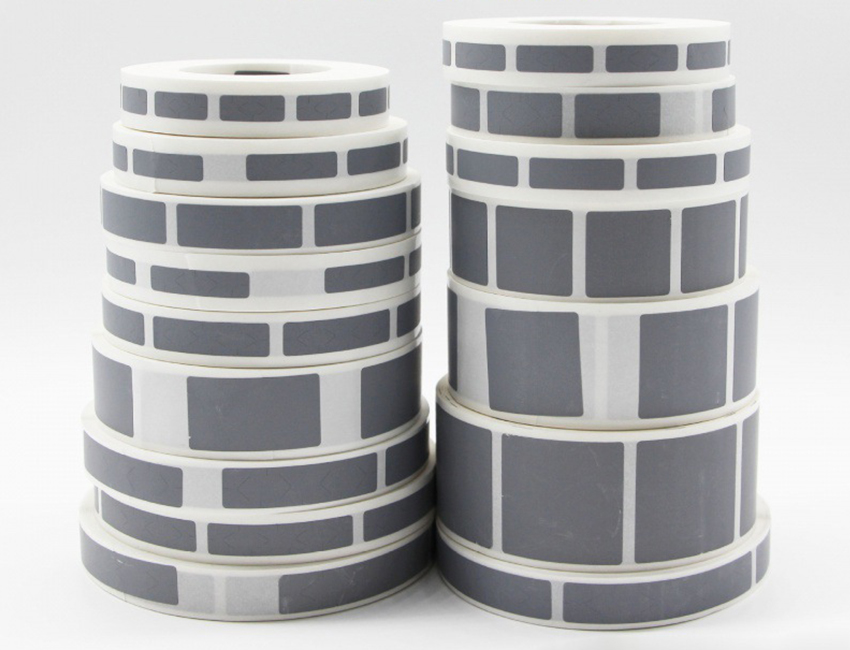
Hologram security label
A hologram security label card is a card that contains a hologram security label to enhance its authenticity and prevent counterfeiting. These cards are often used in a variety of applications, including identification, access control, and product authentication. Holographic security label cards feature a holographic label affixed to the surface of the card. This label usually displays a holographic image or pattern that changes appearance depending on the angle of light, providing visual anti-counterfeiting capabilities.
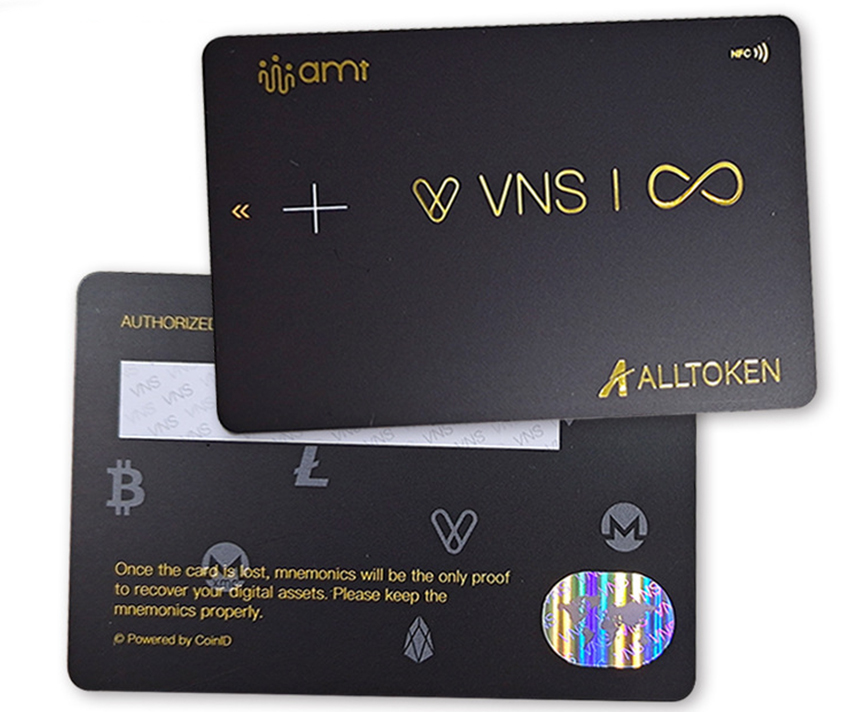
You can purchase card personalisation materials and make your own custom cards for small quantities. For large quantities, we recommend you use a professional card maker. HYDcard is always at your service.

